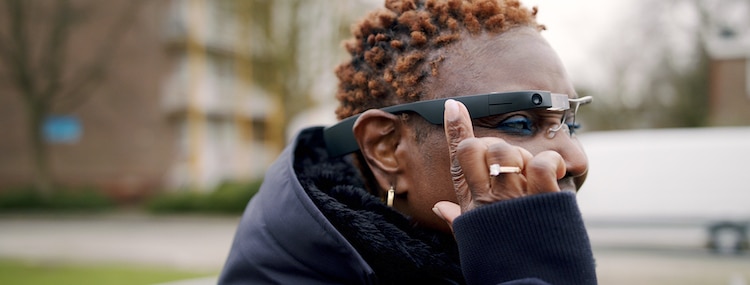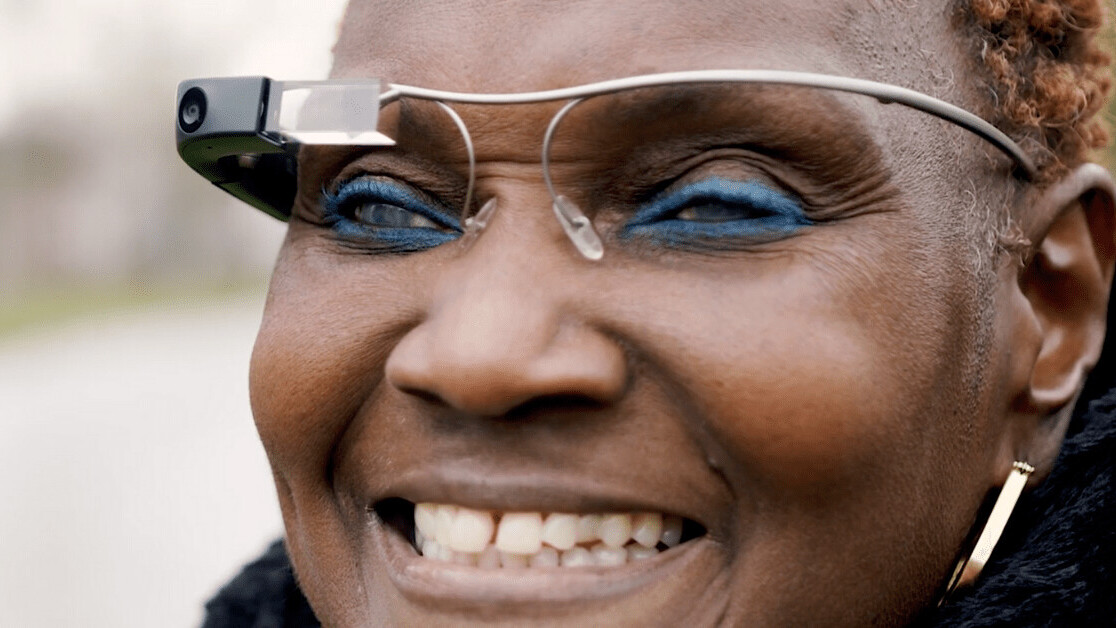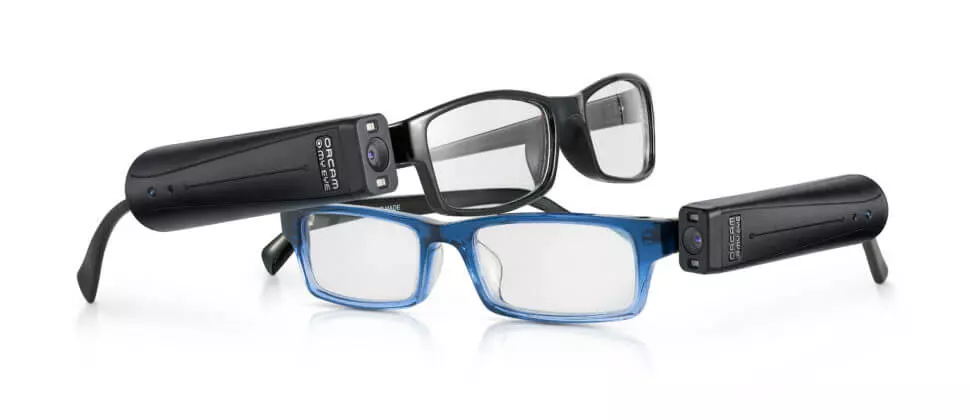How Smart Glasses for the Visually Impaired Are Revolutionizing Daily Life
How Smart Glasses for the Visually Impaired Are Revolutionizing Daily Life
Blog Article
Discover Advanced Assistive Devices for People With Aesthetic Disabilities
The landscape of assistive innovation for individuals with aesthetic impairments is developing swiftly, presenting an array of ingenious tools that enhance freedom and interaction. From smart glasses that flawlessly merge visual input with auditory advice to sophisticated navigating applications that redefine spatial understanding, these devices are improving opportunities.
Smart Glasses Innovations
Smart glasses stand for a considerable advancement in assistive modern technology for people with visual disabilities. Geared up with video cameras and sensing units, wise glasses can catch real-time aesthetic information, which is after that refined and communicated to the individual via sound responses or haptic feelings.
Additionally, advancements in expert system have even more improved the abilities of wise glasses. Artificial intelligence formulas can acknowledge faces, read message, and identify objects, making them important tools for everyday jobs. Users can obtain acoustic signs that supply context about their atmosphere, fostering freedom and confidence.
In addition, the ergonomic design and light-weight nature of numerous clever glasses make them appropriate for long term use, making sure comfort while improving functionality. As these gadgets remain to develop, they hold the possible to change the method individuals with aesthetic impairments experience their day-to-days live, bridging the space in between ease of access and modern technology. The ongoing r & d in this field assurance to broaden the opportunities for smart glasses, making them an essential element of modern-day assistive tools.
Navigation Apps and Equipment
Numerous navigating apps and devices have become vital sources for individuals with aesthetic problems, considerably improving their ability to traverse unfamiliar settings. These modern technologies take advantage of GPS performance, audio signs, and real-time information to give users with accurate navigation support.
One prominent example is the Aira app, which connects users to trained agents who can offer aesthetic descriptions of surroundings and navigation advice via a real-time video clip feed. This service boosts the user's spatial understanding and self-confidence while navigating. Another notable tool is Seeing Eye GPS, which supplies voice-guided navigating and sights, enabling individuals to accessibility important information about their surroundings.

As innovation proceeds to breakthrough, the advancement of much more sophisticated navigation devices promises to further empower individuals with aesthetic impairments, facilitating seamless movement and combination right into varied settings. Such advancements are critical in promoting a much more inclusive society.
Braille Technology Advancements
Over the last few years, improvements in Braille technology have actually considerably changed how individuals with visual impairments accessibility information and involve with the world around them. The development of mobile Braille screens has actually reinvented analysis by permitting customers to connect wirelessly to smart devices, computer systems, and tablet computers. These tools convert text into Braille in real-time, allowing smooth interaction with electronic content.
Moreover, cutting-edge Braille printers have actually arised, enhancing the manufacturing of tactile materials. Modern embossers are faster and more efficient, enabling the rapid development of Braille records and academic products. This performance lowers the time and expense related to generating Braille resources, making them extra accessible to companies and schools.
Additionally, the combination of Braille with other modern technologies, such as expert system and device understanding, has actually opened up brand-new opportunities for individualized understanding experiences. Voice recognition and synthesis modern technologies can complement Braille, providing a comprehensive strategy to info circulation.
As the need for comprehensive education and learning and workplace atmospheres grows, these technical innovations play an essential role in equipping people with aesthetic disabilities, guaranteeing they have equal accessibility to details and opportunities in various aspects of life.
Wearable Instruments for Self-reliance
An expanding range of wearable devices is enhancing independence for individuals with visual impairments, supplying cutting-edge options that improve navigation and everyday living. Braille displays and notetakers. These devices use advanced modern technologies to give real-time feedback and assistance, advertising freedom in numerous atmospheres

Wearable technology additionally includes smartwatches that can be set with access optometrist employment functions, making it possible for customers to get notices, track their areas, or even ask for support with the touch of a button. Some gadgets integrate artificial knowledge to assess the setting, offering sound descriptions of nearby things or people.
Voice-Activated Assistive Solutions
Leveraging voice-activated assistive solutions has actually transformed the landscape of support for individuals with aesthetic disabilities, giving hands-free interaction and accessibility to a range of tasks. These innovations make use of all-natural language processing and artificial intelligence to make it possible for customers to carry out daily activities with straightforward voice commands.

Furthermore, recent innovations in voice acknowledgment accuracy have actually boosted the individual experience dramatically, suiting diverse accents and speech patterns. This inclusivity guarantees that more people can gain from these technologies, promoting a higher feeling of freedom.
Conclusion
To conclude, the advancement of advanced assistive tools dramatically boosts the freedom and quality of life for people with browse around this site aesthetic impairments. Innovations such as wise glasses, navigation apps, Braille modern technology, wearable gadgets, and voice-activated solutions jointly foster an even more inclusive atmosphere. These innovations encourage users to navigate their environments with confidence and engage even more totally with the world, eventually advertising greater availability and level playing fields for people facing visual challenges.
The landscape of assistive innovation for people with visual impairments is advancing swiftly, providing a range of cutting-edge tools that improve freedom and engagement.Smart glasses stand for a substantial improvement in assistive technology for people with visual impairments. As these tools proceed to progress, they hold the prospective to transform the method people with aesthetic impairments experience their day-to-day lives, connecting the space between availability and innovation.In recent years, innovations in Braille modern technology have significantly changed just how people with aesthetic disabilities gain access to information and involve with the globe around them. These technologies encourage users to navigate their surroundings with confidence and engage even more fully with the globe, eventually promoting better ease of access and equivalent possibilities for people dealing with aesthetic difficulties.
Report this page